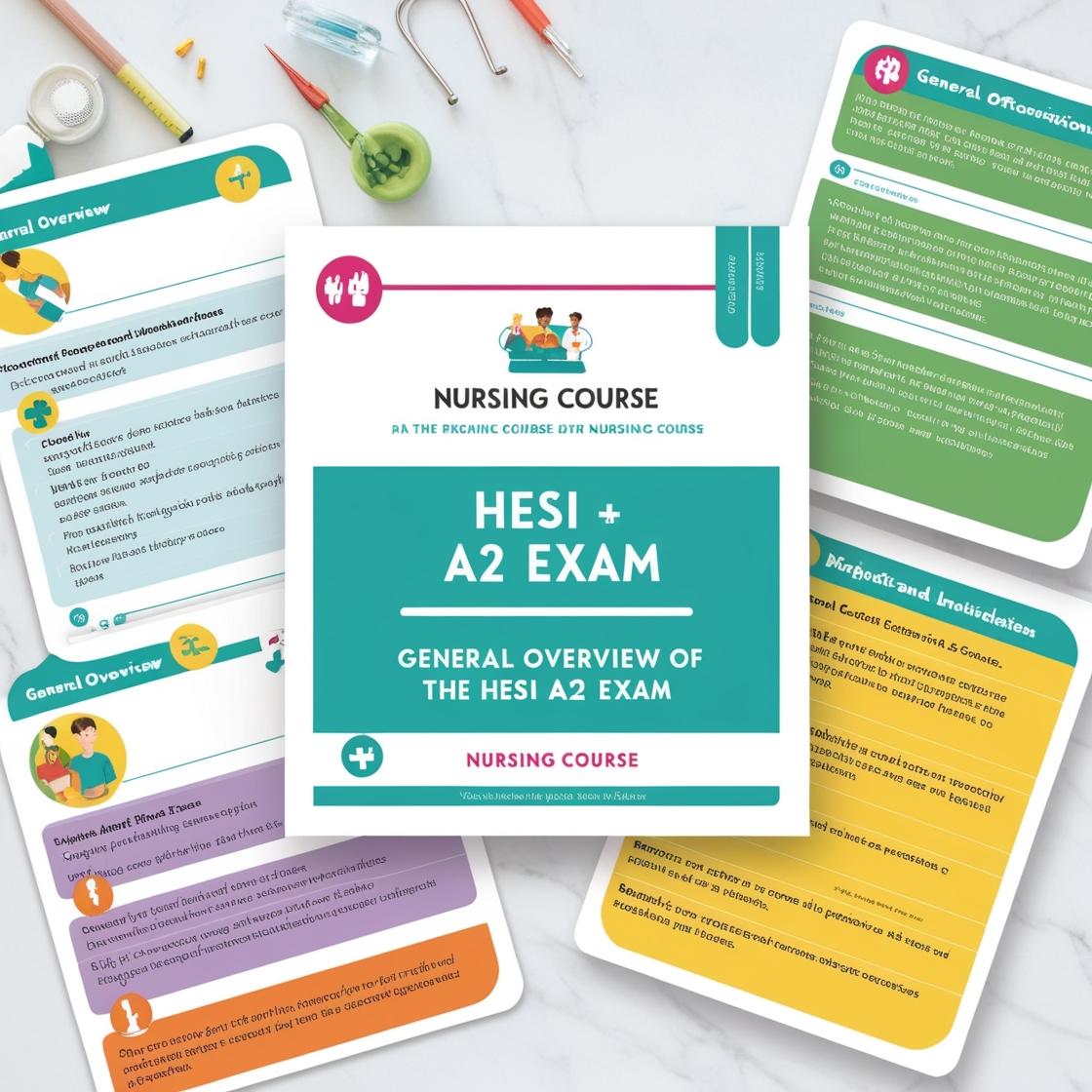HESI A2
HESI A2 Math Practice Test 2024
1. In the number 743.25, which digit represents the tenths place?
- A. 3
- B. 4
- C. 2
- D. 5
Correct answer: C
Rationale: In the number 743.25, the tenths place is the first digit to the right of the decimal point, which is 2. Therefore, the correct answer is C. Choice A (3) represents the hundredths place, choice B (4) represents the units place, and choice D (5) represents the hundredths place.
2. Scientific notation is a way to represent very large or small numbers in a compact form. If a number is written as 4.82 x 10^3, what is the value of the number in standard form?
- A. 0.004 82
- B. 0.482
- C. 4820
- D. 4820000
Correct answer: C
Rationale: Rationale: When a number is written in scientific notation as \(a \times 10^n\), the value of the number in standard form is obtained by multiplying \(a\) by \(10^n\). In this case, the number is \(4.82 \times 10^3\). To convert this to standard form, we multiply 4.82 by \(10^3\), which means moving the decimal point 3 places to the right. \(4.82 \times 10^3 = 4820\) Therefore, the value of the number in standard form is 4820, which corresponds to option C.
3. Convert the following military time to regular time: 15:17:52.
- A. 2:17 PM
- B. 3:17 PM
- C. 5:17 AM
- D. 9:17 AM
Correct answer: B
Rationale: To convert military time to regular time, subtract 12 from the hours if it is 13 or greater. In this case, 15:17:52 becomes 3:17:52 PM. Choice A (2:17 PM) is incorrect as it doesn't adjust for the 12-hour conversion. Choice C (5:17 AM) and Choice D (9:17 AM) are incorrect as they don't reflect the correct conversion from military time to regular time.
4. A seamstress is measuring a model for a new dress. The tape measure is marked in centimeters. The seamstress needs to convert that measurement into inches. If the model's waist measurement is 65.4 centimeters, what is that in inches?
- A. 25.74
- B. 21
- C. 15
- D. 10
Correct answer: A
Rationale: To convert centimeters to inches, divide the measurement in centimeters by 2.54 (since 1 inch = 2.54 cm). Therefore, 65.4 cm ÷ 2.54 = 25.74 inches. This means that the model's waist measurement of 65.4 centimeters is equivalent to 25.74 inches. Choices B, C, and D are incorrect as they do not result from the correct conversion calculation.
5. Ratio and proportion: 6:10=24:x
- A. 40
- B. 25
- C. 240
- D. 4
Correct answer: A
Rationale: To solve for x, use cross-multiplication: 6x = 10 x 24 6x = 240 Now, divide both sides by 6 to find x: x = 240 / 6 = 40 Therefore, the correct answer is A. 40. Choice B, 25, is incorrect because it does not satisfy the proportion. Choice C, 240, is incorrect because it represents the value that is given in the proportion and not the value of x. Choice D, 4, is incorrect as it does not align with the correct calculation for x.
Similar Questions

Access More Features
HESI A2 Basic
$99/ 30 days
- 3,000 Questions with answers
- 30 days access @ $99
HESI A2 Premium
$149.99/ 90 days
- Actual HESI A 2 Questions
- 3,000 questions with answers
- 90 days access @ $149.99
